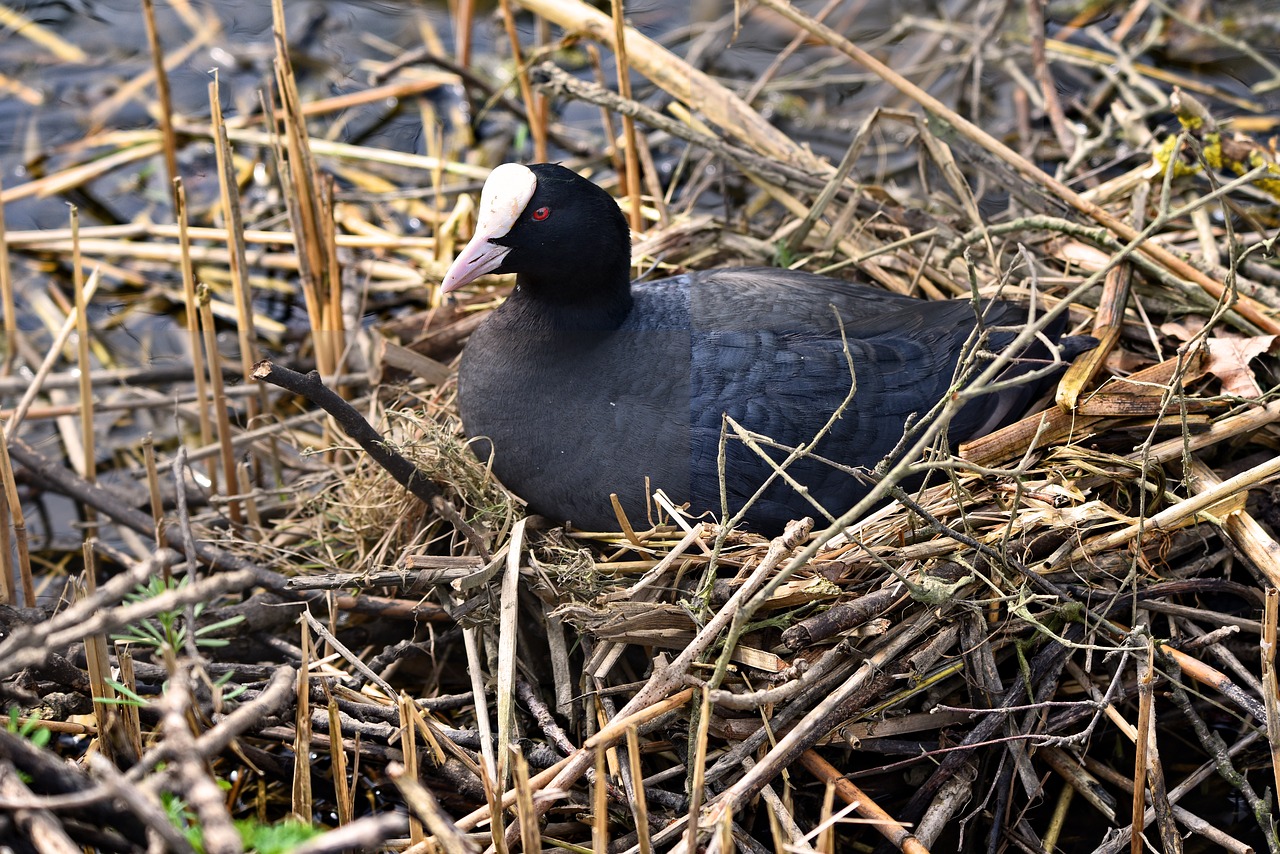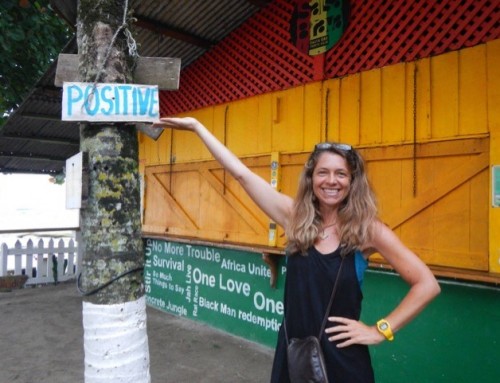Common Coot: A disappearing migratory bird in Sindh
By Muhammad Abbas Khaskheli
Sindh has been a safest home of variety of migratory birds for years but it looks that the phenomenon is getting change now as the hunting on local water bodies has drastically increased since last decade and such awful episode of brutal practice has also brought in decline of various bird species which once fearlessly used to visit Sindh.
Every year with the start of winters a large number of migratory birds also start visiting Sindh but Common Coot is said to be the very first migratory bird among such birds which lands in Sindh ahead of all and leaves it in the end. Since last decade owing to illegal hunting and netting over 70 percent migratory birds have stopped visiting various water bodies in Sindh. The prime causes behind innocent Common Coot’s brutal hunting in Sindh would be its prolonged stay period in the region and naïve behavior.
What’s a Common Coot?
Common Coot is commonly called ‘Aari Jal Murgi’ in Urdu language; ‘Bhoolahi’ in Sindh language while its scientific name is ‘Fulica atra’ and it belongs to ‘Rallidae’ family of birds. It’s used to be 36 mm to 39 mm long while the length of its feathers is measured 70 to 80 cm. The weight of a male common coot weighs around 900 gm and a female common coot weighs 770 gm.
In Sindh ponds, lakes and other water bodies are the habitats of common coots. Generally, it can’t be noticeably differentiated as male and female but a male common coot looks heavier in weight than a female. Mostly the color of an adult common coot happens to be black with red eyes, white beak and shield (a mark which connects beak with head), light yellow legs and blue claws. Common coots are well-known for their eye-catching flight. When a common coot runs over the water, the scene gives a splendid impression to the spectators.
Common coots are found in Europe, Africa, Asia and Australia. This bird loves to live in semi warm regions of the world and that’s the reason when the temperature in Siberia touches -30 Celsius this bird migrates to southern regions. Mostly it lives on ground but also has the ability to live on height as it can be observed from its living module in Europe and Papua New Guinea where it can live up to the height of 1000-3500 meters. Besides swimming above the water level this bird can also dive/go underwater for 20 seconds to search/catch food. Common coots eat aquatic plants, under water grass, prawns, spiders, small size birds and their eggs, frogs and fishes.
Why migratory birds avoid visiting Sindh?
According to a survey conducted during last winter season ‘More than 150,000 birds including migratory and local birds were estimated to have landed at 12 aquatic stopovers, which is 70% less than in 2017-18’.
Following the ‘Green Route’ when migratory birds from Siberia enter in Pakistan, they prefer 19 spots to land and amazingly out of all those 19 locations 10 are located in Sindh province which shows that how safest Sindh has been for migratory birds.
There are many reasons which can be affiliated with the decline of migratory birds in Pakistan and such reasons include both natural and human interventions. In southern Sindh’s coastal belt region a large number of fresh water bodies have been dried up or even disappeared and resultantly such bodies are no more abodes for migratory birds. Narreri lake and Jhabo lake in district Badin are no more fresh water lakes as the intrusion of sea water due to Tsunami has made both historical lakes marine water contaminated lakes so there have been a declined of migratory birds on both major abodes.
Moreover, majority of fresh water bodies in Sindh have been illegally occupied by influencers and there has been no check and balance when it comes to hunting of migratory birds along such water bodies. Fish farming in local lakes has also been an activity due to which migratory birds’ population decline since last decade.
What should government do?
Previously hunting of migratory birds was considered as a hobby but now it has become a business. Powerful feudal lords in Sindh give permission to people for hunting by taking money from them. Moreover, government entities also issue illegal hunting licenses to the people which contribute to the cause of migratory birds’ decline in Sindh. There is a need to launch a decisive operation and a mechanism by the government to cope with such a issue seriously otherwise the day will not be far away when we will feel ashamed of loosing nature’s blessings.
Common Coot: A disappearing migratory bird in Sindh
(The writer is freelance journalist and he can be reached at abbaskhaskheli110@gmail.com)







Leave A Comment